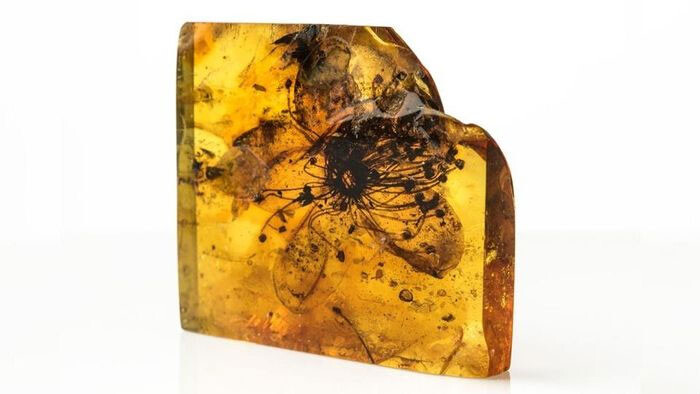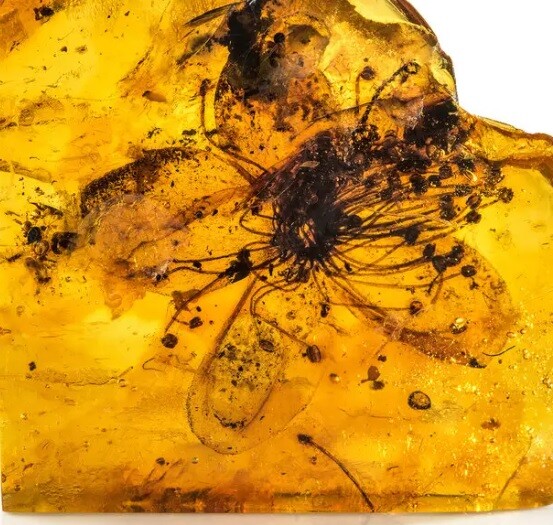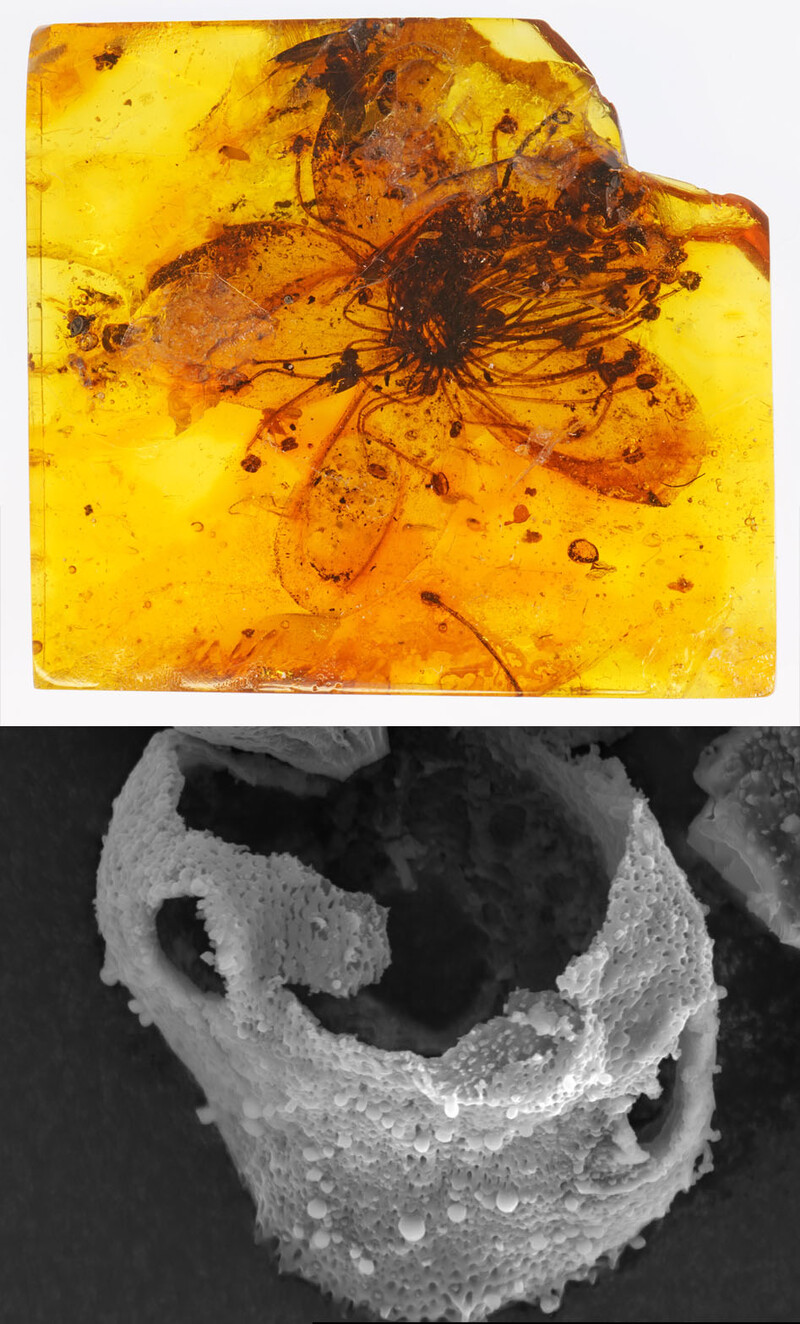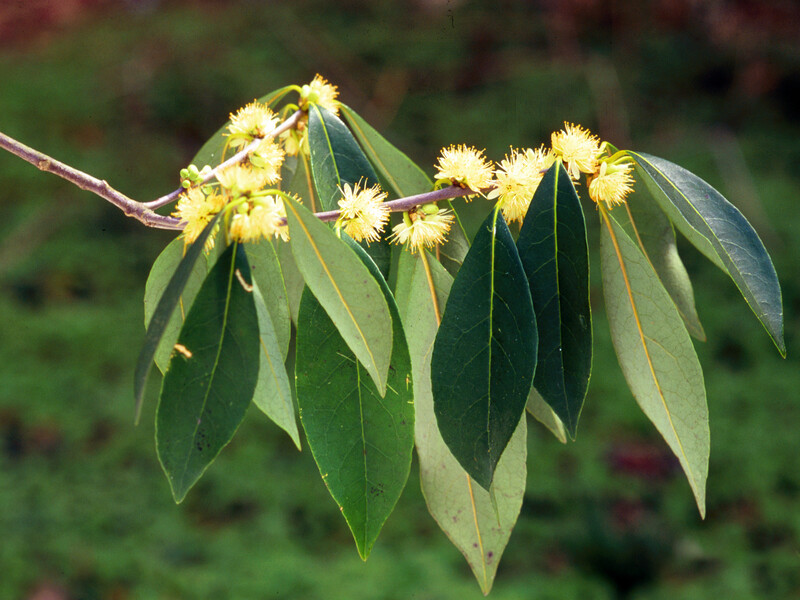Scientists have discovered a new point about a fossil flower that has been stored inside amber for nearly 40 million years, CNN reported on January 12.

Scientists have made new discoveries about the fossil flower, first recorded in 1872. (Photo: Carola Radke).
According to Eva-Maria Sadowski, a postdoctoral researcher at the Museum für Naturkunde, Berlin’s natural history museum, the fossil flower has been forgotten in the collection of the Union Institutes of Geosciences and Natural Resources. state in Berlin (BGR).
Sadowski says she heard about the fossil flower, officially known as specimen X4088, from a retired colleague.

“He told me that he once visited BGR and saw the biggest, most amazing amber flower in their collection… So I asked the curator of the BGR collection if I could. came to see their collection, and there I found the X4088 specimen,” said Sadowski.
At 28 mm in diameter, it is the largest known fossilized amber flower. It is three times the size of similar fossils.
Sadowski extracts and tests pollen from amber. She discovered the flower was misidentified when it was first studied.
“The original genus name for this specimen was Stewartia of the botanical family Theaceae. But we were able to show in our study that this is not true, mainly based on pollen morphology,” she said. “When specimens were first studied in the nineteenth century, they [were] not detecting or studying pollen.”

According to the new discovery, this flower is closely related to a genus of flowering plants common in Asia today, called Symplocos.
Before that, in 1872, scientists classified it as Stewartia kowalewskii, an extinct flowering evergreen.
The study authors then proposed a new name for the flower, Symplocos kowalewskii.
Ancient flowers are not clearly described in the fossil record. They expanded and transformed into fruit, so very few specimens have been preserved to this day.

Illustration of flowers
Earlier, at the end of October 2022, Cambodia’s Environment Minister Say Samal said that the country’s archaeologists had unearthed a dinosaur fossil for the first time on Koh Por island, in Koh Kong province, Khmer Times reported.











